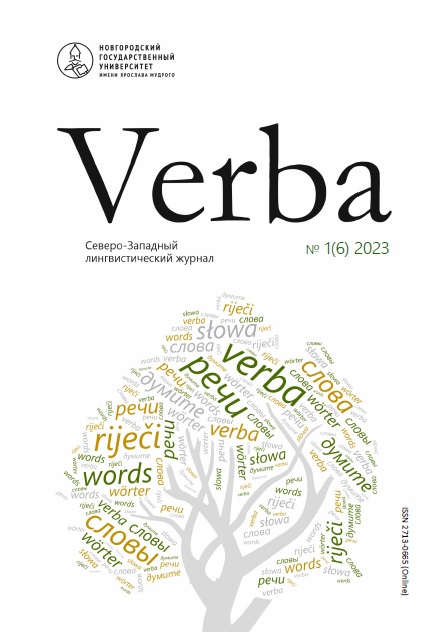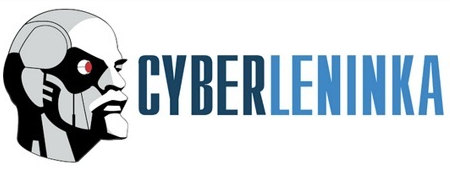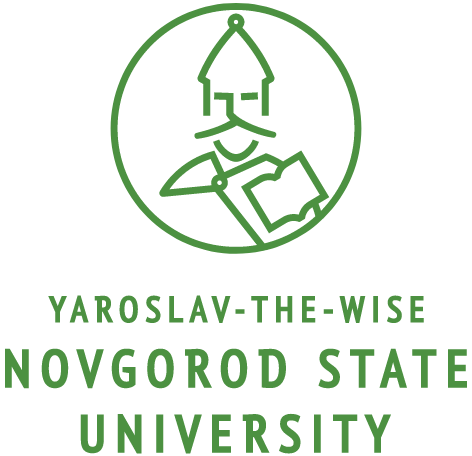Medical vocabulary of the 21st century in the materials of operational neography (in the Russian and Hungarian languages)
DOI:
https://doi.org/10.34680/VERBA-2023-1(6)-22-33Keywords:
term, medical vocabulary, neologism, dictionaries of neologisms, the modern Russian language, the modern Hungarian languageAbstract
The object of the study is the new medical vocabulary in Russian and Hungarian. Despite the fact that Hungarian and Russian are not related languages, they are influenced by similar global political, sociocultural processes, which is reflected in the words that update the vocabulary of these languages. In the past few years, the Hungarian and Russian languages have been most affected by the COVID-19 pandemic, which has given impetus to the development of comparable trends in many languages around the world. In connection with the foregoing, in the proposed study, the task was to identify and describe differences and similarities of these language processes on the basis of new medical vocabulary recorded in the dictionaries of neologisms of the Russian and Hungarian languages. The study carried out a multi-aspect analysis of the medical vocabulary of the recent period, which came into common use in the Russian and Hungarian languages in the 21st century, in terms of its semantics, statistics, word formation, and the sphere of predominant distribution. Thus, the study analyzed new, as well as updated vocabulary of the Russian and Hungarian languages of the 21st century such as nulevoj pacient and nulladik páciens / zéró páciens (patient zero), saturaciya and oxigén telítettség / oxigénszaturáció (saturation), sverhrasprostranitel' / superzarazhatel' / superrazbrasyvatel' / superraznoschik / superrasprostranitel' / superspreder and szuperfertőzött / szuperterjesztő (superspreader) etc., an analysis was also made of the derivational productivity of medical terms that have become keywords. The relevance of the study is due to the promising scientific significance of identifying trends in lexical-semantic processes in languages of different types (Indo-European and Finno-Ugric) in one cultural and historical period on the example of a comparable vocabulary group.
Downloads
Downloads
Published
How to Cite
Issue
Section
License
Copyright (c) 2023 Verba

This work is licensed under a Creative Commons Attribution-NonCommercial 4.0 International License.








